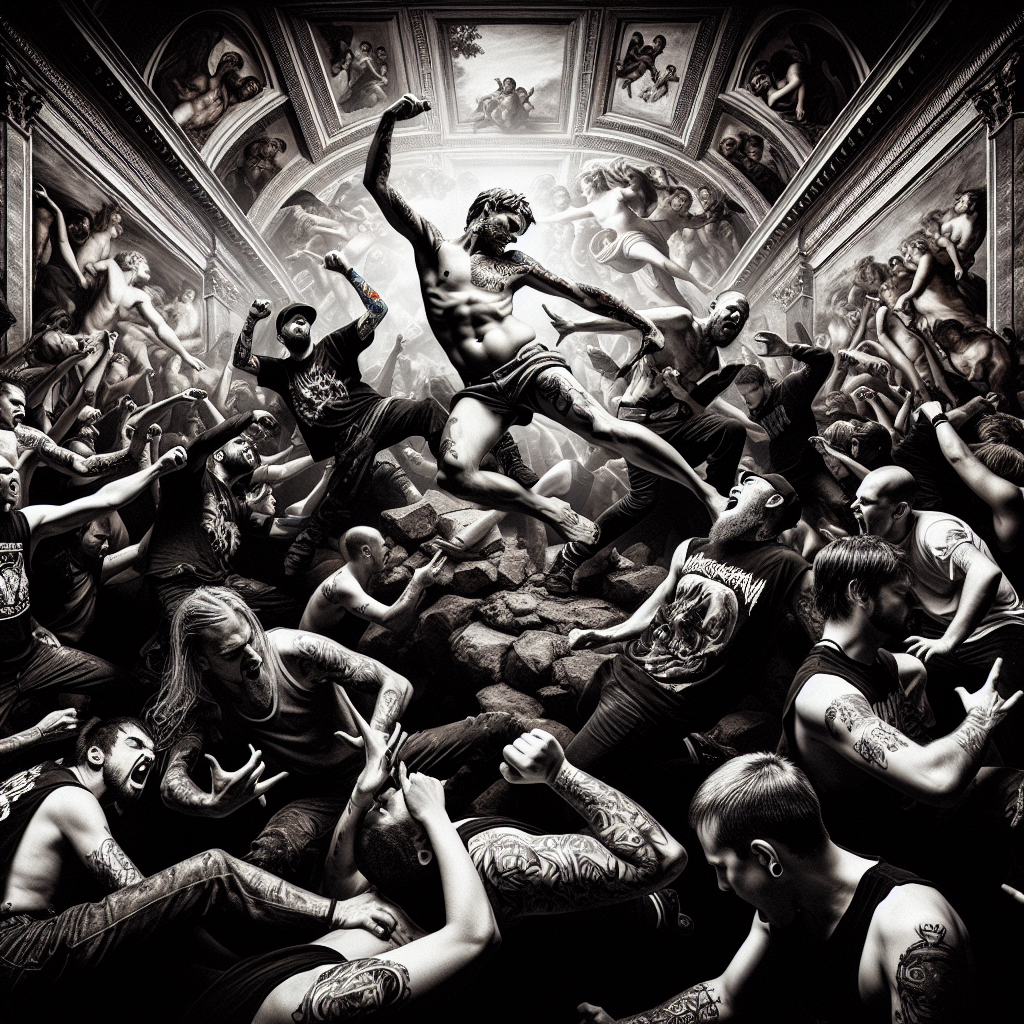-
Table of Contents
“`html
Hardcore Punk: Fast, Aggressive, and Relentless

Hardcore punk is a subgenre of punk rock that emerged in the late 1970s, characterized by its fast tempos, aggressive sound, and often politically charged lyrics. This article delves into the essence of hardcore punk, exploring its origins, key characteristics, and enduring influence on music and culture.
Top 5 Tips for Understanding Hardcore Punk
- Explore the roots of hardcore punk in the late 1970s and early 1980s.
- Understand the defining musical and lyrical characteristics.
- Recognize the cultural and political influences on the genre.
- Discover key bands and albums that shaped hardcore punk.
- Examine the genre’s lasting impact on modern music and culture.
Origins of Hardcore Punk
The hardcore punk movement began in the United States, with cities like Los Angeles, Washington D.C., and New York City serving as epicenters. Bands such as Black Flag, Minor Threat, and Bad Brains were pioneers, pushing the boundaries of punk rock with faster tempos and more aggressive sounds. The genre was a response to the commercialization of punk rock, aiming to return to its raw, rebellious roots.
Key Influences
Hardcore punk was heavily influenced by the socio-political climate of the late 1970s and early 1980s. Economic instability, political unrest, and a growing disillusionment with mainstream culture fueled the genre’s development. The DIY ethic, which encouraged self-production and distribution of music, was also a significant influence, allowing bands to maintain creative control and authenticity.
Characteristics of Hardcore Punk
Hardcore punk is defined by several key characteristics that set it apart from other music genres:
- Fast Tempos: Songs are typically short and played at breakneck speeds, often under two minutes in length.
- Aggressive Sound: The music is loud and intense, with distorted guitars and pounding drums.
- Raw Vocals: Vocals are often shouted or screamed, conveying a sense of urgency and emotion.
- Political and Social Lyrics: Lyrics often address issues such as anti-authoritarianism, social justice, and personal freedom.
Influential Bands and Albums
Several bands and albums have been instrumental in shaping the hardcore punk genre:
| Band | Notable Album |
|---|---|
| Black Flag | Damaged (1981) |
| Minor Threat | Minor Threat (1981) |
| Bad Brains | Bad Brains (1982) |
| Dead Kennedys | Fresh Fruit for Rotting Vegetables (1980) |
| Circle Jerks | Group Sex (1980) |
Impact on Modern Music and Culture
Hardcore punk has had a lasting impact on both music and culture. It laid the groundwork for various subgenres, including post-hardcore, emo, and metalcore. The genre’s DIY ethic has influenced countless musicians and artists, encouraging them to take control of their creative output. Additionally, hardcore punk’s emphasis on social and political issues continues to resonate with new generations, inspiring activism and change.
Case Study: The Straight Edge Movement
The straight edge movement, which emerged from the hardcore punk scene, promotes a lifestyle free from alcohol, drugs, and promiscuity. Originating with the band Minor Threat, the movement has grown into a global subculture, demonstrating the genre’s influence beyond music.
Conclusion
Hardcore punk remains a vital and influential force in the music world. Its fast, aggressive, and relentless nature continues to inspire musicians and fans alike, while its commitment to authenticity and social change resonates across generations. By understanding the roots and characteristics of hardcore punk, we gain insight into a genre that has shaped the cultural landscape in profound ways.
For more information on hardcore punk, visit Wikipedia.
“`




